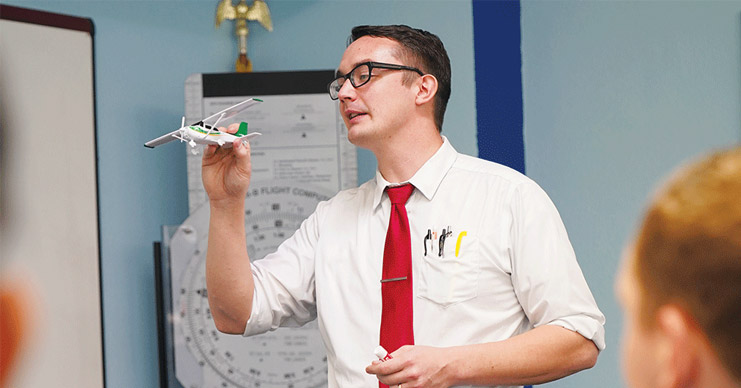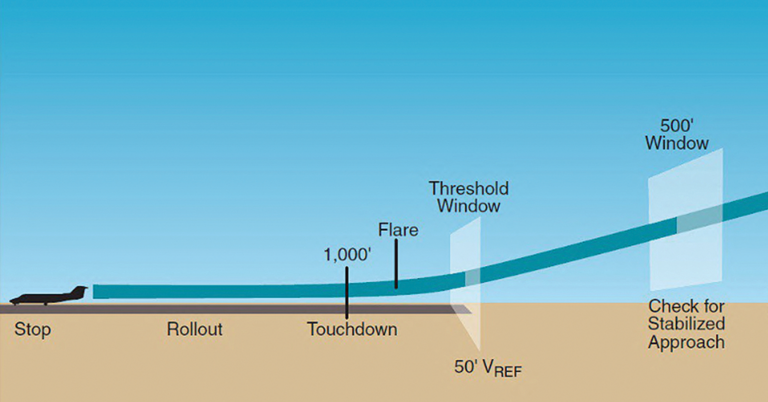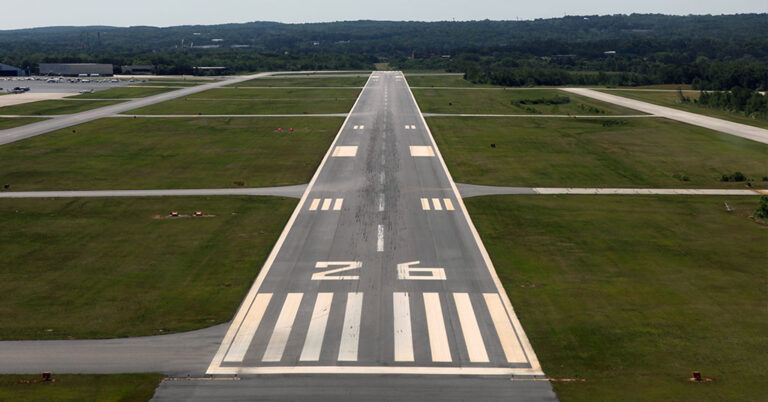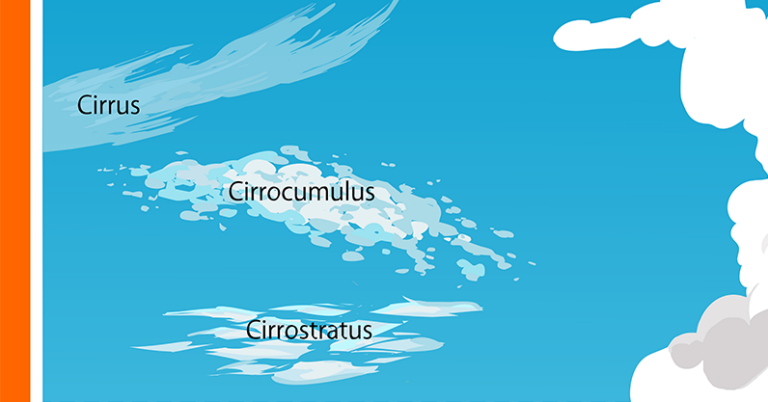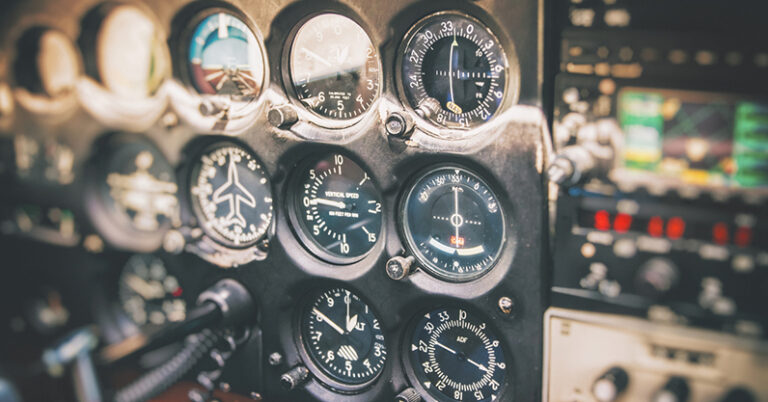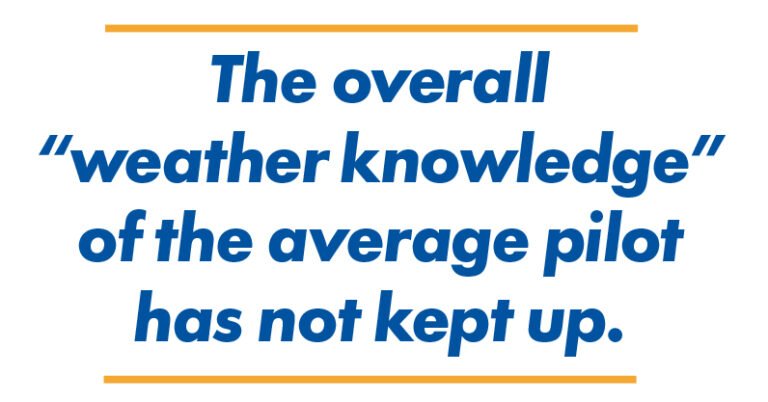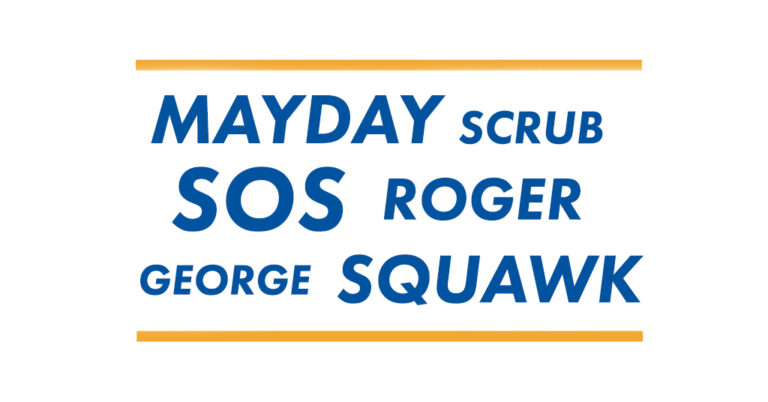By Andrew Henley Reed Pigman established American Flyers in 1939 in Ft. Worth Texas as both an airline and flight training facility. During the World War II era, American Flyers was contracted by both the U.S. Army and U.S. Navy to be one of the few non-combatant flight schools
From singles, to twins, to turboprops, and some jets, since 1939, American Flyers has been training pilots in all different makes and models of airplanes. In all of that time, we have learned that the pilot must consider the right airplane for the course that they are considering. Does
By Steven Daun, National Chief Pilot If you ask a room full of pilots to define a stabilized approach, like other things, you will hear a variety of responses. Most come close to the proper definition, but many still miss the mark. This is evident by the number of
By Mike Bliss One of the most challenging and rewarding aspects of flying is that no two flights are ever the same. It is not only the destination and scenery that changes but there is the changing weather that requires constant attention. There are different kinds of airspace encountered,
In the June 2018 edition of the Pilot’s Digest, we discussed the balanced field concept regarding runway length, but what happens when there is not sufficient room to construct a balanced field? Look at airports like New York La Guardia (KLGA), Dallas Love Field (KDAL), Charleston West Virginia (KCRW),
By Mike Bliss Many IFR pilots, even those who have completed airline academy, spend too much time nervously looking at the approach chart while flying the approach and, consequently, less time scanning the flight instruments. This is primarily because they do not have a structured way of going about
Ask a student pilot what skills are needed to be a pilot and he might say steep turns, stalls, and landings. Ask a commercial pilot and he may say chandelles, lazy eights, and accuracy landings. However, once the ink is dry on the newly won certificate, what are the
By: Steven Daun, National Chief Pilot You have decided to earn your private pilot certificate. The first half of your training is going well, and you just soloed. Now it is time to get ready for the next step in your training. The solo cross country. This article will
By Steven Daun, National Chief Pilot We see many students come through our doors each year to earn their private pilot certificates. The majority of these students continue on to earn their instrument rating. However, when we speak with people who received their private pilot certificates years ago or
By Steven Daun, National Chief Pilot My aviation career started in the ’80s. This was before the smartphone and iPad era. We were fortunate enough to have a flight service station at our airport. Most of the time, rather than calling the FSS, we visited the office. The briefer
By: Mike Bliss Every discipline has its own unique set of terms, whether they are slang, acronyms, or phrases. Aviation is no different. There are even subsets of the aviation language. For example, each military branch has its own terms and some have even migrated to general aviation. For
By: Steven Daun, National Chief Pilot It does not take long during primary flight training to realize that a pilot needs to adapt their mindset when flying into different airports. Controlled and uncontrolled airports are typically the primary difference. But each of those can be further divided into “busy”




